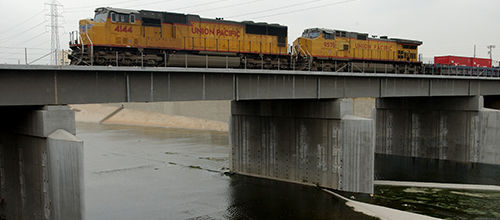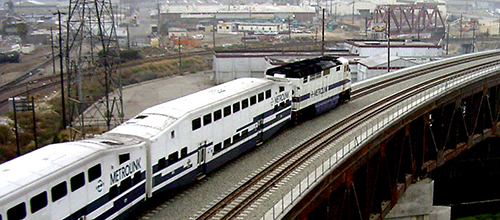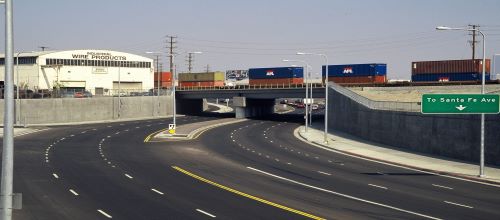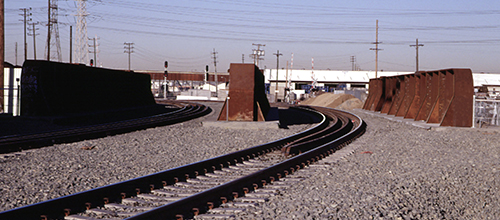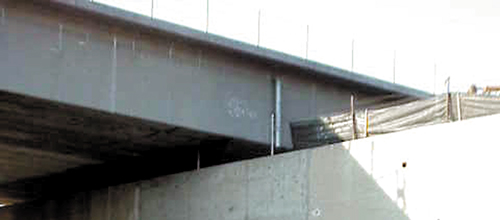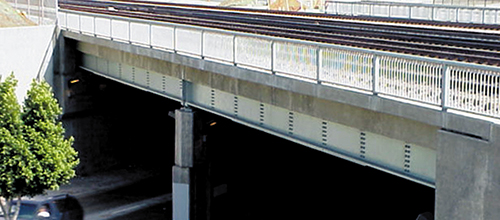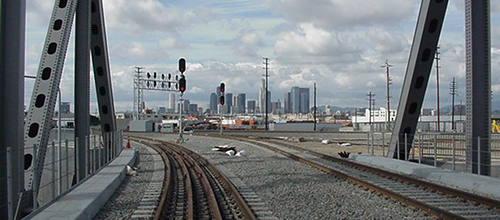The North-End Project Area begins where cargo trains emerge from the Mid-Corridor Trench at the Union Pacific J-Yard and Santa Fe Avenue in the City of Los Angeles near the border of City of Vernon, and continues eastward toward the transcontinental rail hubs (BNSF Hobart and UP East LA).
The Alameda Corridor reduces delays for all types of traffic by constructing grade separations, overpasses, underpasses and bridges so trains and public and private vehicular traffic can travel unimpeded. The north area experiences heavy rail cargo traffic, truck traffic and passenger rail traffic because of the juxtaposition of massive freight rail yards, industrial businesses and the Amtrak and Metrolink services from nearby Union Station.
Project descriptions can be found below. A map depicting the various North End projects can also be viewed here.

